If music and business history have taught us anything, it’s that Jay-Z is almost always right. His latest career move, a groundbreaking deal with Samsung where the company pre-ordered 1 million Jay-Z records for $5 million as a gift for its Galaxy users, is already proving that some institutionalized sectors of the music industry are struggling to keep up with the new rules Jay’s creating. Case in point: Billboard and Nielsen Soundscan won’t count the million copies Samsung purchased as official sales because they don’t recognize bulk sales or free-to-consumer product.
In the late 1990’s, when a 20-something Jay-Z was selling CDs out of his car and getting rejected by major labels, record sales were roughly double their 2013 value. A decade and a digital revolution later, when it comes to the classic “consumer,” it’s a buyer’s and stealer’s market. But Jay-Z is introducing us to the new buyer on the block— the big brand. He’s coming to town like a lovable Santa Clause with a big bag of money and he’s ready to buy you your favorite record as long as you leave him a cookie and some milk.
When Amazon sold Lady Gaga’s Born This Way album for $0.99 during its release week, it was playing Santa Claus in the same way. It happily lost millions to subsidize Gaga album purchases in order to get more people onto its music platform and using its Cloud service. Everybody won, including Gaga, who went platinum in one week while making fans happy and receiving her cut of the full price from Amazon.
But as often happens with big successes, detractors started lining up crying that Gaga and Interscope were cheating (Interscope claims it wasn’t even told about the promotion). Billboard soon announced a new set of certification rules and declared that albums sold for less than $3.49 wouldn’t be counted. The danger here is that next time Amazon wants to line an artists’ pockets and give a $0.99 deal to fans, labels will be tempted to raise that price to at least $3.49 so that it doesn’t deflate sales metrics. Similar considerations will likely make deals like the Jay-Z / Samsung partnership feel like a bittersweet victory to labels or artists rather than what it truly is: a 100% win. As soon as sales executives at labels start worrying that brand purchased albums cannibalize official sales and make them look bad, you open Pandora’s box.
The music industry needs to endorse a simple rule: anything that helps sell more records is good. Anything that complicates that process is bad. Jay-Z gets it, and rightly fired back on Twitter: “If 1 Million records gets SOLD and billboard doesn’t report it, did it happen? Ha. #newrules #magnacartaholygrail Platinum!!! VII IV XIII.”
Understandably, Billboard and Nielsen don’t want charts to be susceptible to manipulation. After all, the industry’s history has been littered with cases of pricing drops and “two for one” deals with retailers aimed at getting music to the top of the charts. And the danger with bulk sales and low price points is that a company can sell millions of units for next to nothing to juice their numbers. For that reason a threshold for price point makes sense, BUT that threshold shouldn’t be tied exclusively to the listener making the purchase. And not all bulk sales should be written off. If Amazon or Samsung are willing to drop millions on music, it’s because artists like Gaga and Jay-Z have earned valuable cultural capital and are making music people want.
The hard truth is that people may never purchase music in the quantity they used to, and it may become vital to let brands do some of the buying as a way to make up the difference. Music does make a great gift, and that model may make sense in a variety of scenarios for a growing number of artists in the years to come. Take Kiip for example, a startup that has helped brands like Pepsi gift free Amazon music as a surprise reward for mobile gamers when they achieve something noteworthy in the game.
Let’s also give credit where it’s due: Samsung is pushing the envelope on how brands interact with artists and their fans, and so far it’s paying off big. The company actually announced the release of Jay-Z’s new album during a three minute commercial that aired during Game 5 of the NBA finals. That clip, a behind the scenes look at the making of the record that ends with a short Samsung Galaxy title card and “The Next Big Thing Is Here” tag line, has since been viewed close to 13 millions times on YouTube in four days. The alignment of that tag line with trend setting music couldn’t be more perfect, and despite a reported $20 million dollars the company is paying Jay-Z (on top of buying a million albums)— it’s money well spent.
It’s also notable that as far as corporate sponsorship goes, the spot is fairly focused on Jay-Z and doesn’t come across as heavy-handed product shilling. This is another hallmark of the more successful recent partnerships between musicians and brands: they work best for everyone when the brand doesn’t ask for too much of the spotlight. Take a look at State Farm’s subtle product placement in OK Go’s “This Too Shall Pass” video for another prime example.
Bottom line: when it comes to branded content the brands look cooler when the bands looks cooler, and that’s certainly the best experience for fans. Samsung’s campaign also incorporates a MagnaCartaHolyGrail.com microsite and a special app where Galaxy users can access the album 72 hours before it’s street date— an interesting evolution of the branded content model in which non-branded content is delivered as a follow-up.
Some would argue that the Samsung / Jay-Z model is disruptive to companies like Apple, Google, and Amazon that make their money selling downloads and streams. Samsung is certainly cutting out the distribution middleman, but some would also argue that major digital distributors are using music as a loss leader to attract consumers to their other offerings. In that regard, Samsung is pretty much playing the same card and acting as distributor. And I expect that in the future we may see iTunes, Amazon, or Google Play increasingly working with big brands to deliver pre-purchased music to fans.
For the music industry, the job of measuring success and popularity in an increasingly fragmented landscape will only get harder. Ironically, in February Billboard started factoring YouTube views into its Hot 100 formula, which makes it easier than ever to buy your way onto the charts. After all, labels regularly buy legitimate video views through ads on channels like YouTube, VEVO, Facebook, and Spotify. Do those purchased views make those songs or videos truly popular? But ultimately I could care less how people measure things, as long as their methods don’t undermine the legitimacy of new and necessary opportunities to drive more revenue for the industry overall.
When it comes to dollars and cents it doesn’t matter who bought your record, it only matters that you sold it legitimately to a buyer who had no intention of helping you game the system to manipulate the Billboard charts. As far as I’m concerned, Jay-Z should get bonus sales points for coming up with an innovative way to find more music buyers in the marketplace. As anyone in the industry can tell you, we need as many of them these days as we can get.
Content not available.
Please enable ADDITIONAL COOKIES from settings
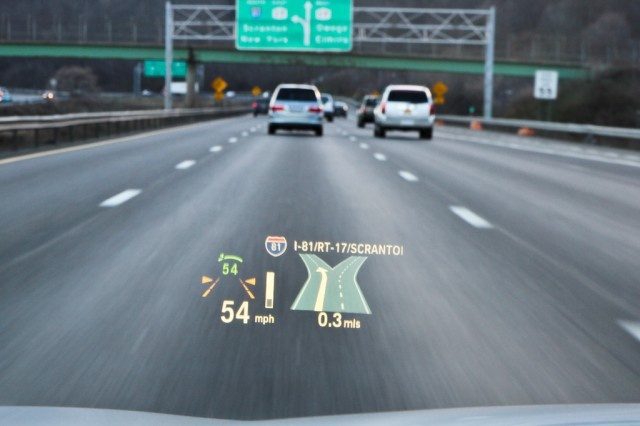

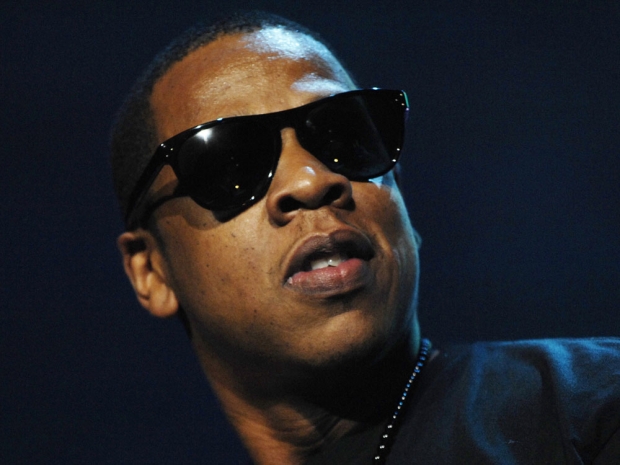
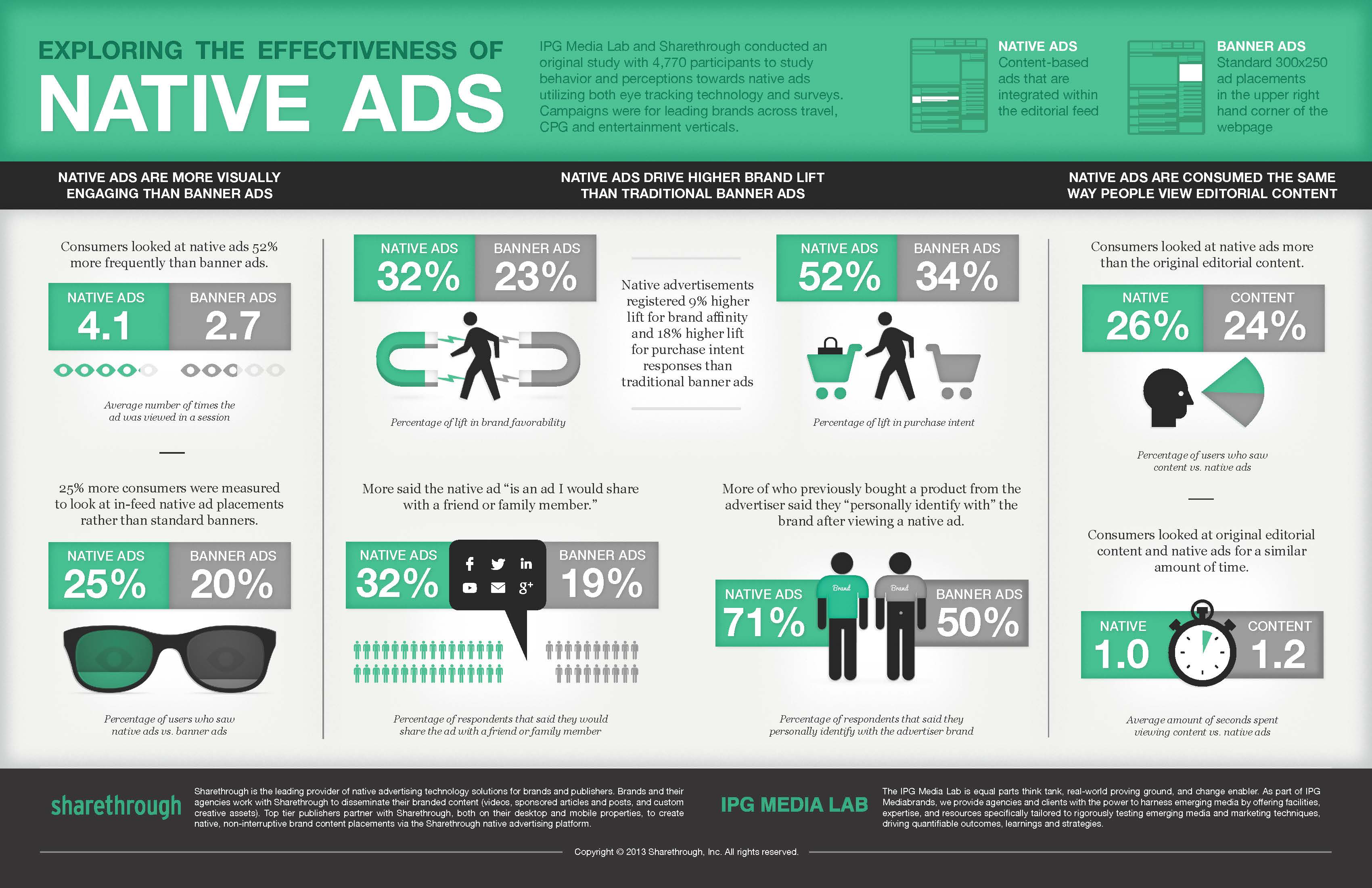
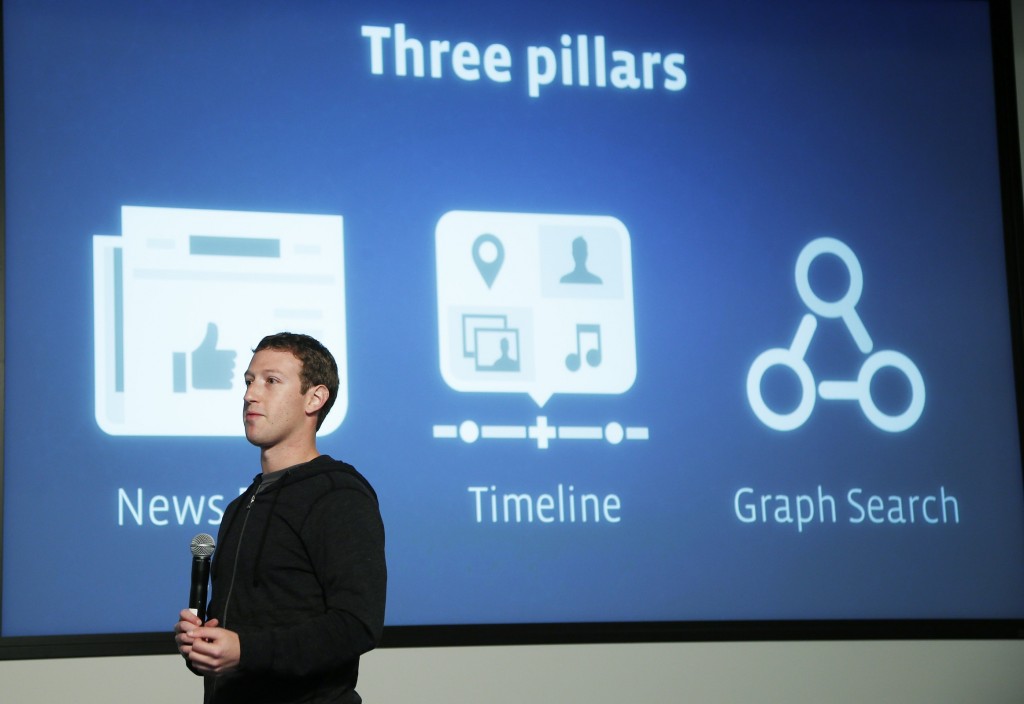
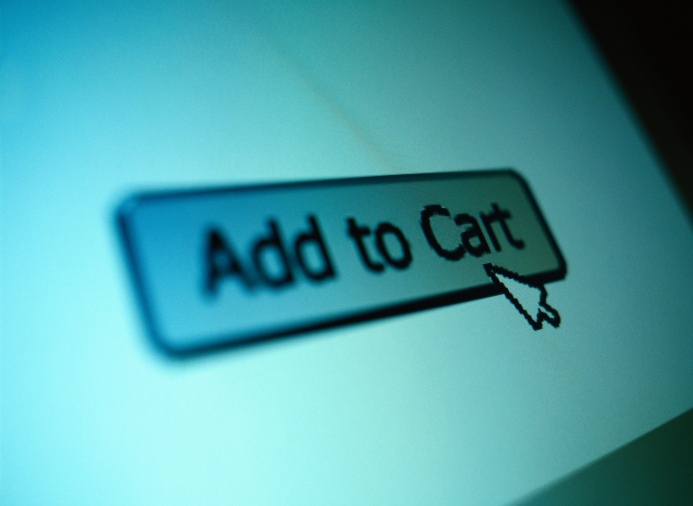
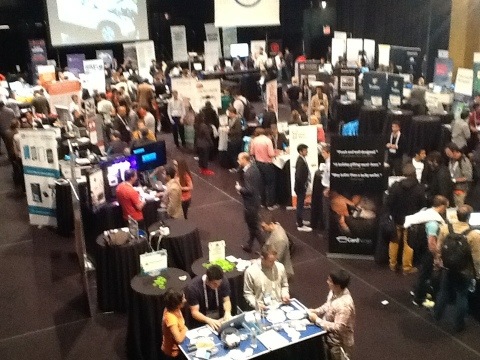
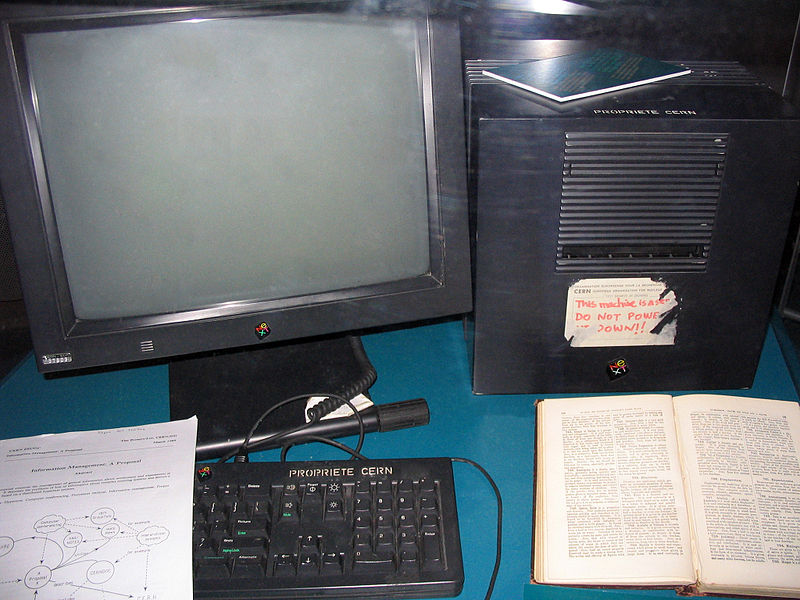
 At CERN, the European Organization for Nuclear Research (better known now for particle accelerators and exploring the fundamental structure of the universe) they’re working to restore the original computer that Sir Tim Berners-Lee used to create the first web-server, a NeXT computer (image shown here). For those that watched the opening ceremony of the 2012 Olympic’s they saw Tim Berners-Lee on stage with his NeXT during the segment “Frankie and June Say ‘Thanks Tim.'” The dance and musical number, directed by Danny Boyle, told the love story of teens Frankie and June, who are only able to reconnect after a chance encounter through technology like smartphones and social networks.
At CERN, the European Organization for Nuclear Research (better known now for particle accelerators and exploring the fundamental structure of the universe) they’re working to restore the original computer that Sir Tim Berners-Lee used to create the first web-server, a NeXT computer (image shown here). For those that watched the opening ceremony of the 2012 Olympic’s they saw Tim Berners-Lee on stage with his NeXT during the segment “Frankie and June Say ‘Thanks Tim.'” The dance and musical number, directed by Danny Boyle, told the love story of teens Frankie and June, who are only able to reconnect after a chance encounter through technology like smartphones and social networks.